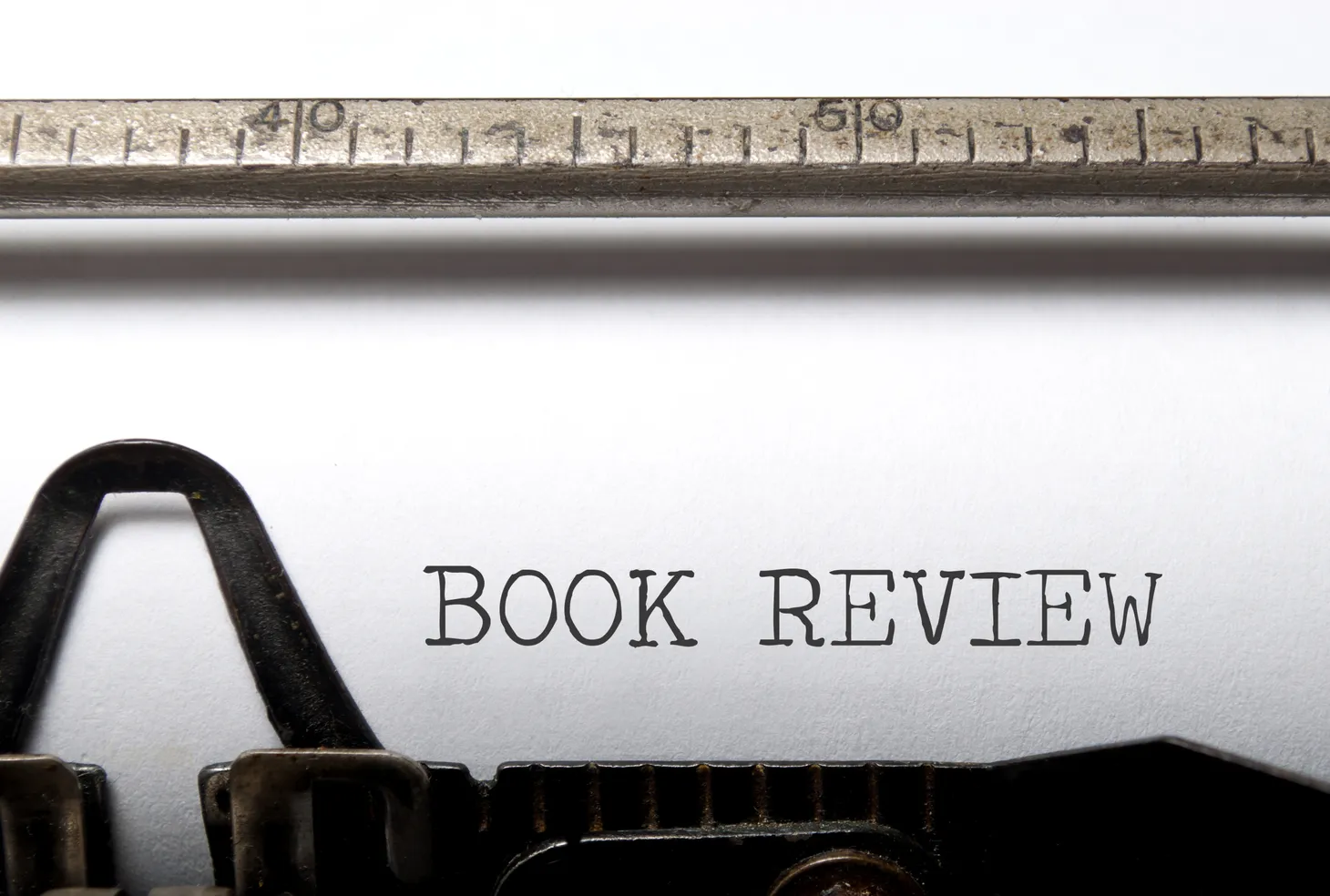Innovating Education to Prepare Students
The first thing I did after the phone call to participate in the meeting about innovating education was post to my blog, Facebook, and Twitter. These posts generated the most feedback I’ve ever received on any topic. I got tons of suggestions, ranging from the provocative: To the amusing: I quickly

The first thing I did after the phone call to participate in the meeting about innovating education was post to my blog, Facebook, and Twitter. These posts generated the most feedback I’ve ever received on any topic. I got tons of suggestions, ranging from the provocative:
What if you tied teachers’ retirements to their students’ future earning ability?
To the amusing:
What if you adopted Jedi or Vulcan teaching practices?
I quickly realized that I needed a way to validate the education version of the Killer Questions before I submitted them to the Department of Education. To do this, I thought it would be helpful to hold a workshop as a dry run. Now, we covered how to run a workshop in chapter 9. However, this workshop was going to be different. I’d need a new set of Killer Questions tailored specifically for innovating education, and a new way of ranking the ideas generated.
My first objective was to zoom in on an area of focus. I decided that this focus was to create innovations in education to better prepare our students for the competitive workforce. Then I looked at it in terms of Who, What, and How. Who is the Who in this situation? What is the product? How does the value chain succeed and fail? Are you meeting your Who’s needs? Keep in mind that Killer Questions are investigative questions that are constructed to force you to look at the widest range of possibilities, including ones that you’ve never considered before.
Next, I needed to identify the assumptions that people in education were working under. After all, “conventional wisdom” exists in all industries and organizations; education is not immune. Just as I discussed in the chapter 9, it is important to reveal the rules and assumptions that hold back the ability to innovate and change. For an innovating education workshop, I modified one of the core assumption questions in this way:
Before: What are the assumptions under which my industry operates?
After: What are the assumptions under which the US education system operates?
Some possible answers include:
- Standardized testing is the way to categorize students by their abilities.
- The education system is too big and unwieldy to allow for change.
- The optimal teaching time is five days a week, eight hours a day.
- Teaching should only be done by accredited teachers.
The answers that are generated from the assumption questions put everything on the table for discussion, even things that we see as hard-and-fast rules. For example, look at the last assumption I have listed up there, “Teaching should only be done by accredited teachers.” On the surface, this makes sense; we need to know that teachers can teach. But if you think a little deeper, you realize that there are some major flaws in this. Surely a retired PhD, CEO, or other person with extensive life experience and knowledge has valuable information to share—perhaps even more valuable than a burned-out or disengaged teacher.
Look at the Khan Academy, which started in 2004 as a simple family tutoring project, but now delivers first-rate, free education primarily via their 2,000+ YouTube videos. The Los Gatos school system has used the Khan Academy to completely change the way classroom time is used. The students watch Khan Academy videos at their own pace in the classroom, and when they hit a stumbling block a teacher uses tools to identify the concept they are struggling with, and address that directly.
I realize that there is validity to many of our assumptions about education; sometimes things are done a certain way because it’s the best way to do them. Nobody wants random people teaching their children. That’s fine, but you still need to go through the exercise to figure out whether you are accepting this because it’s true or because it’s less trouble than questioning it.




